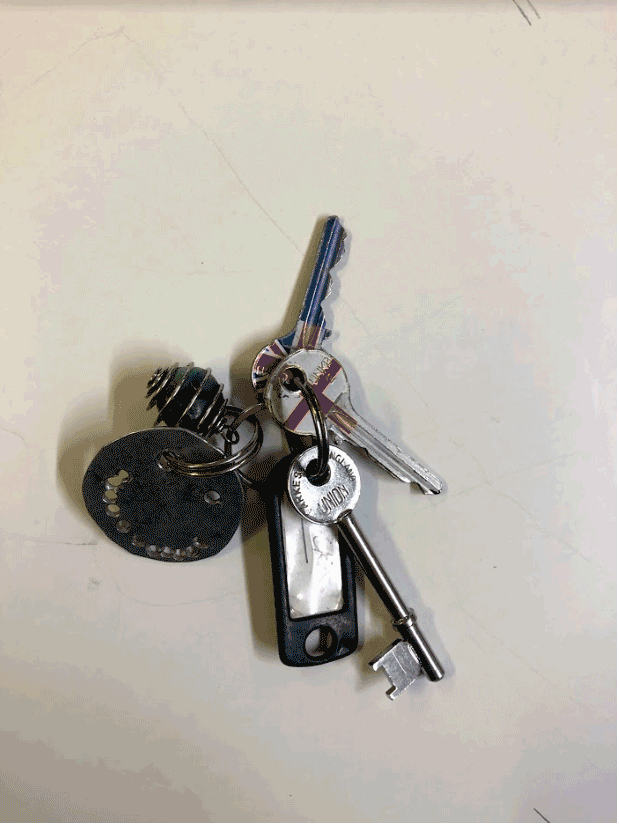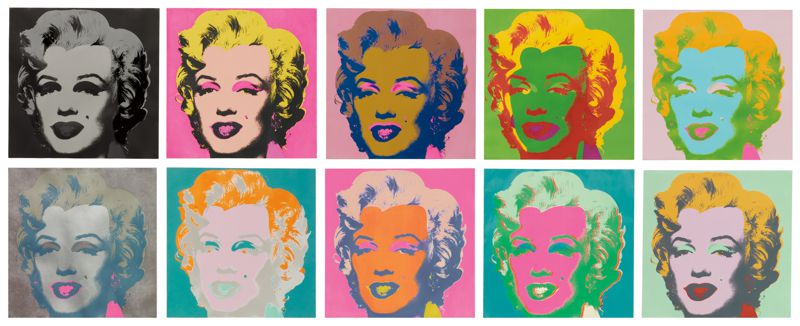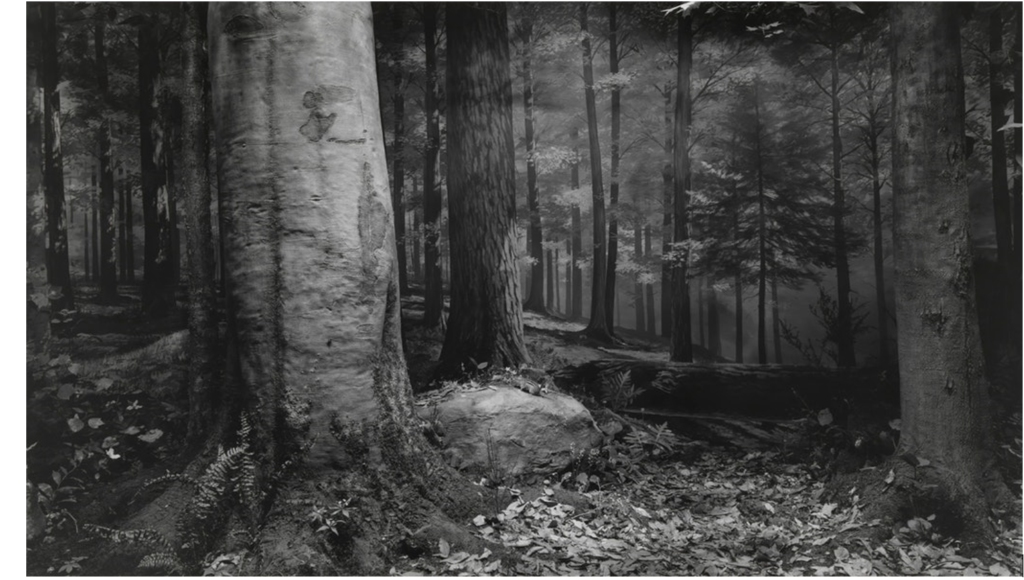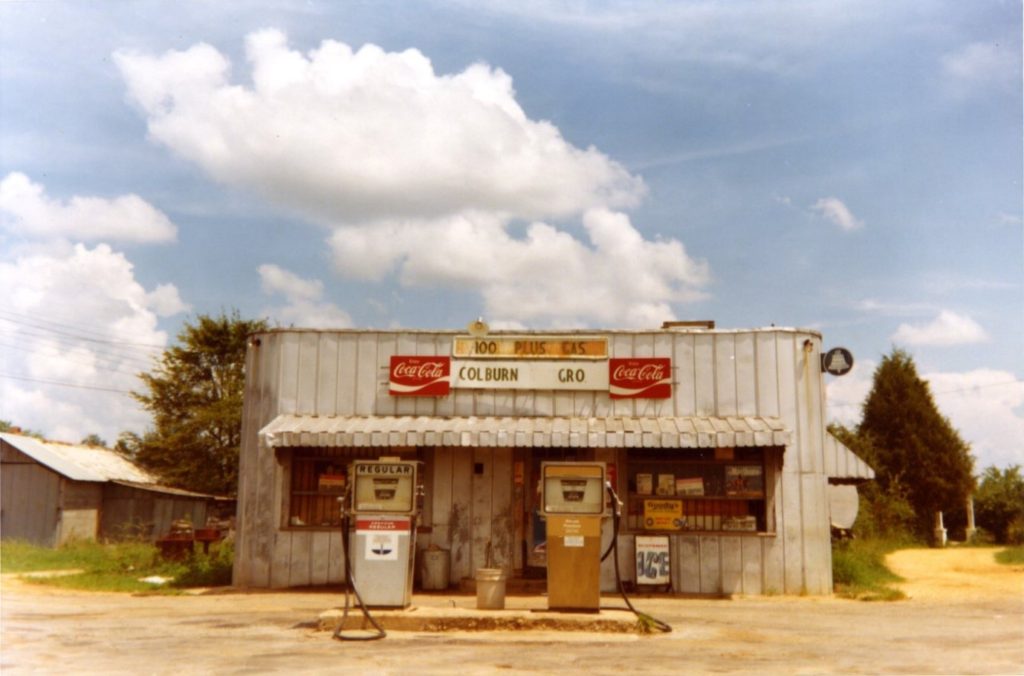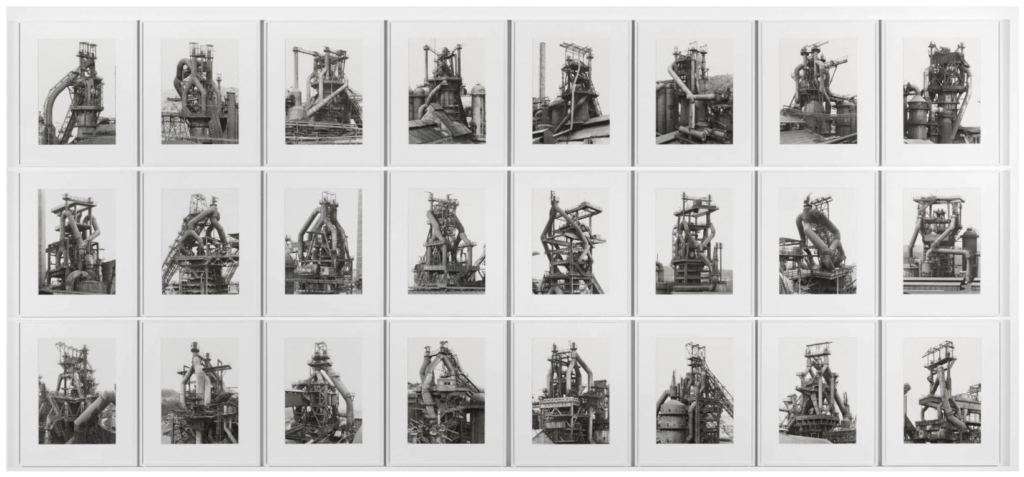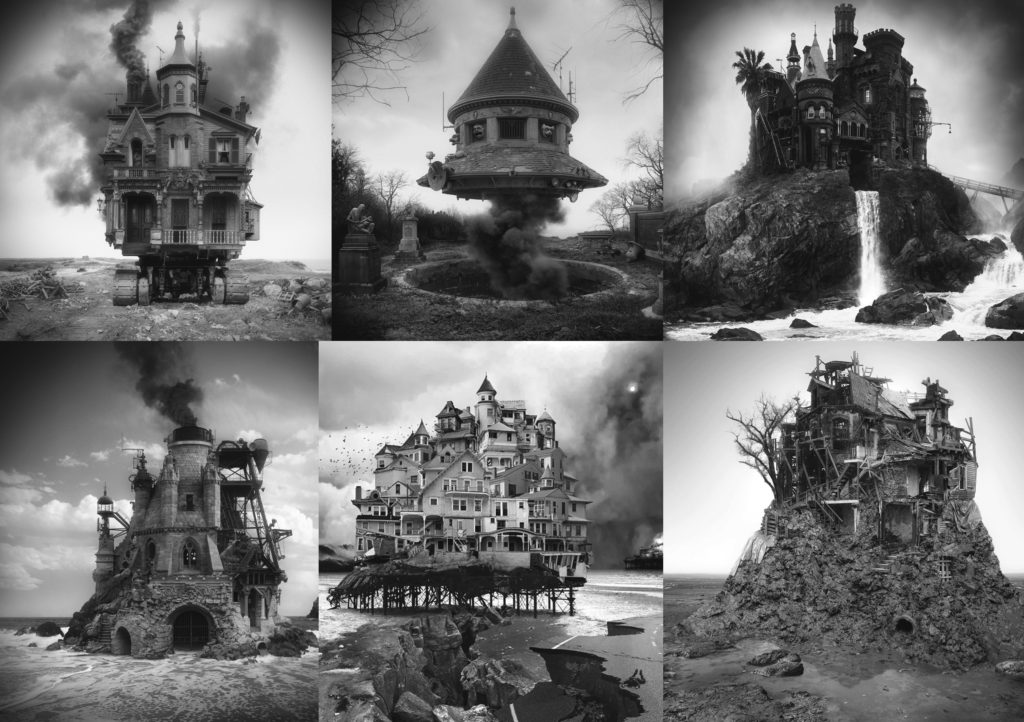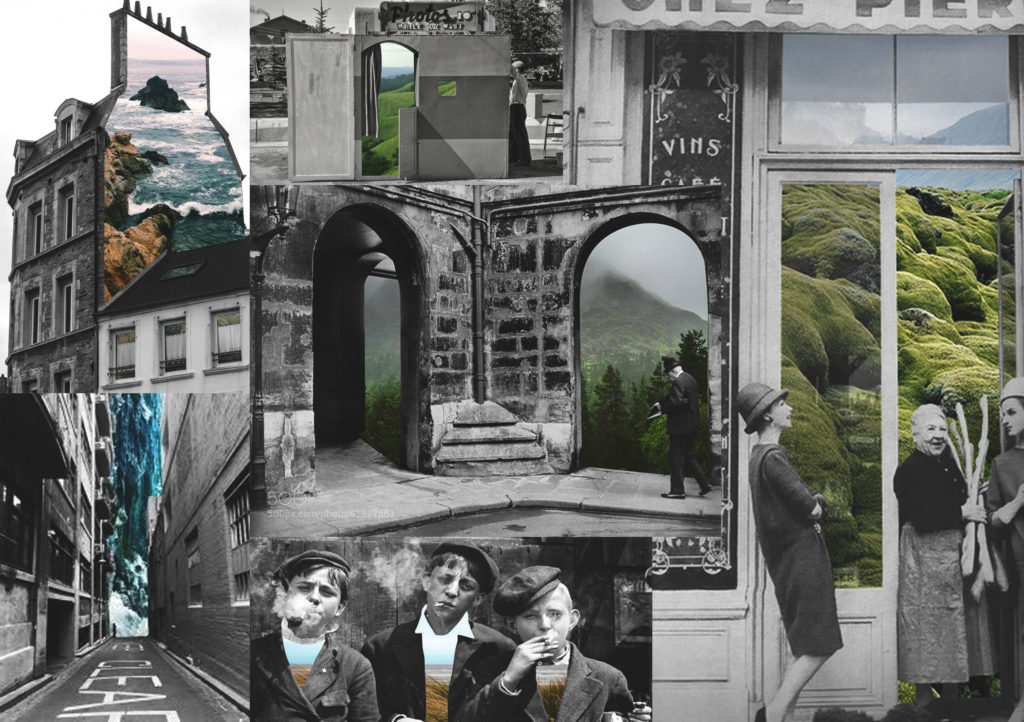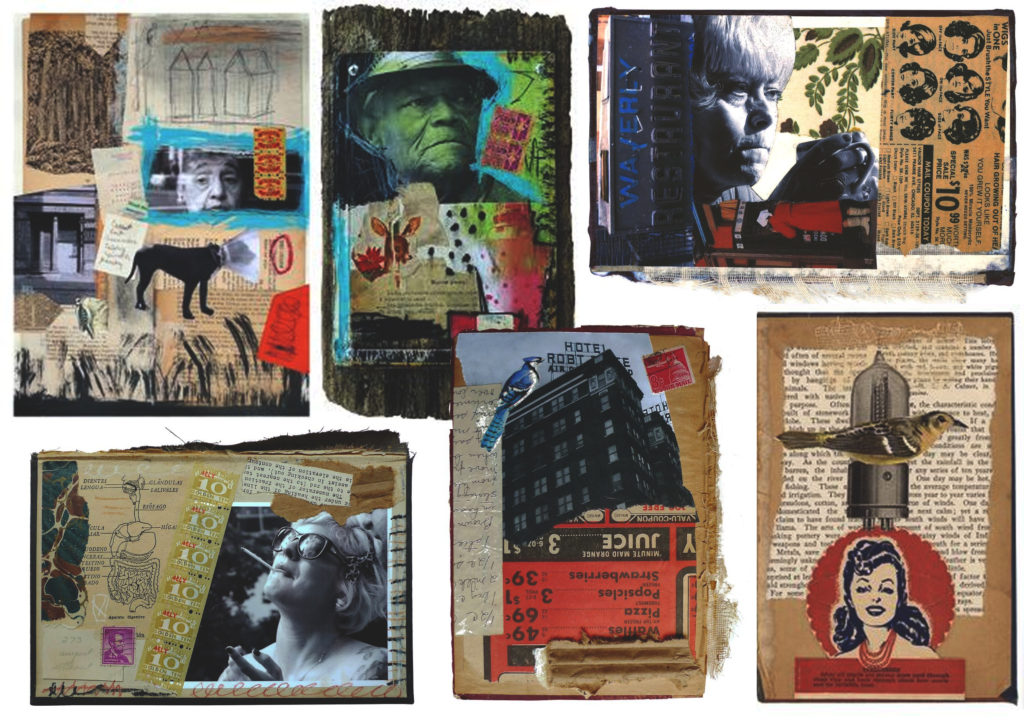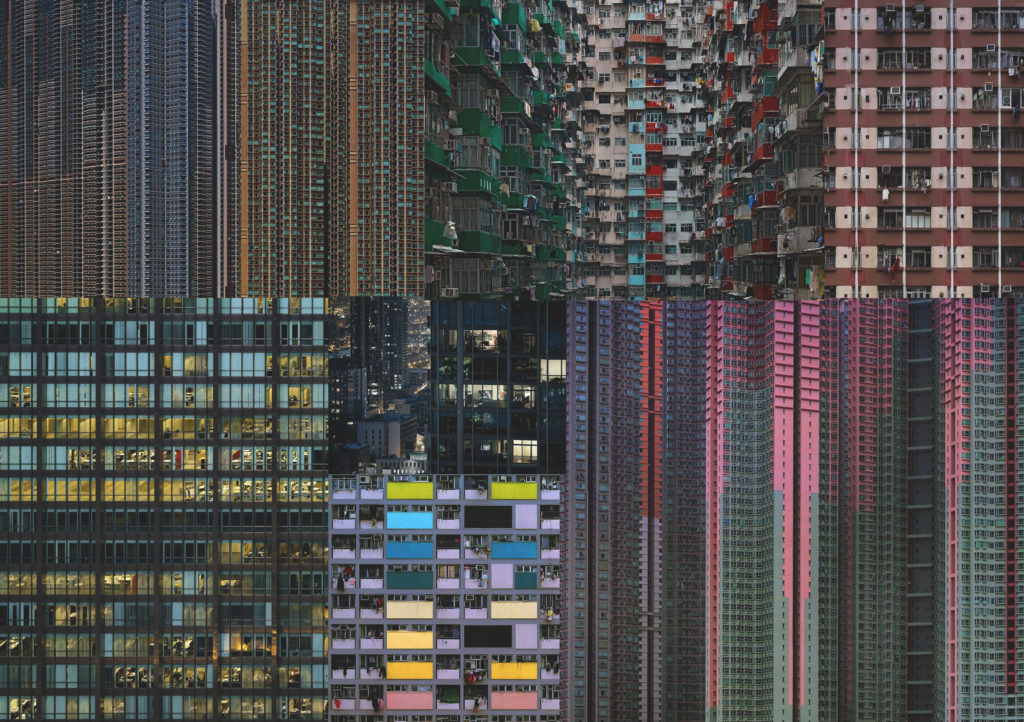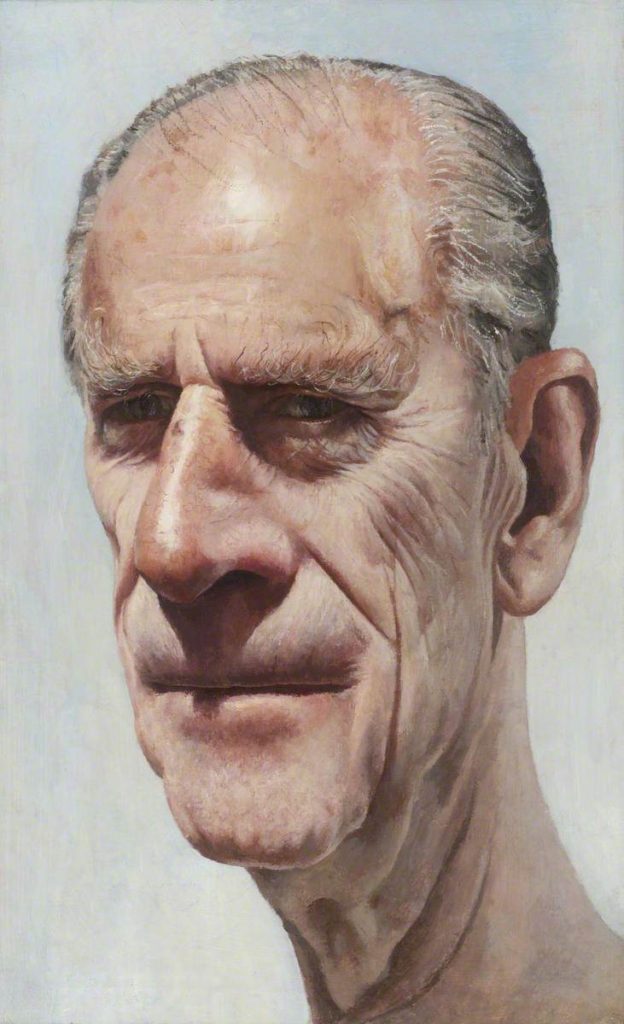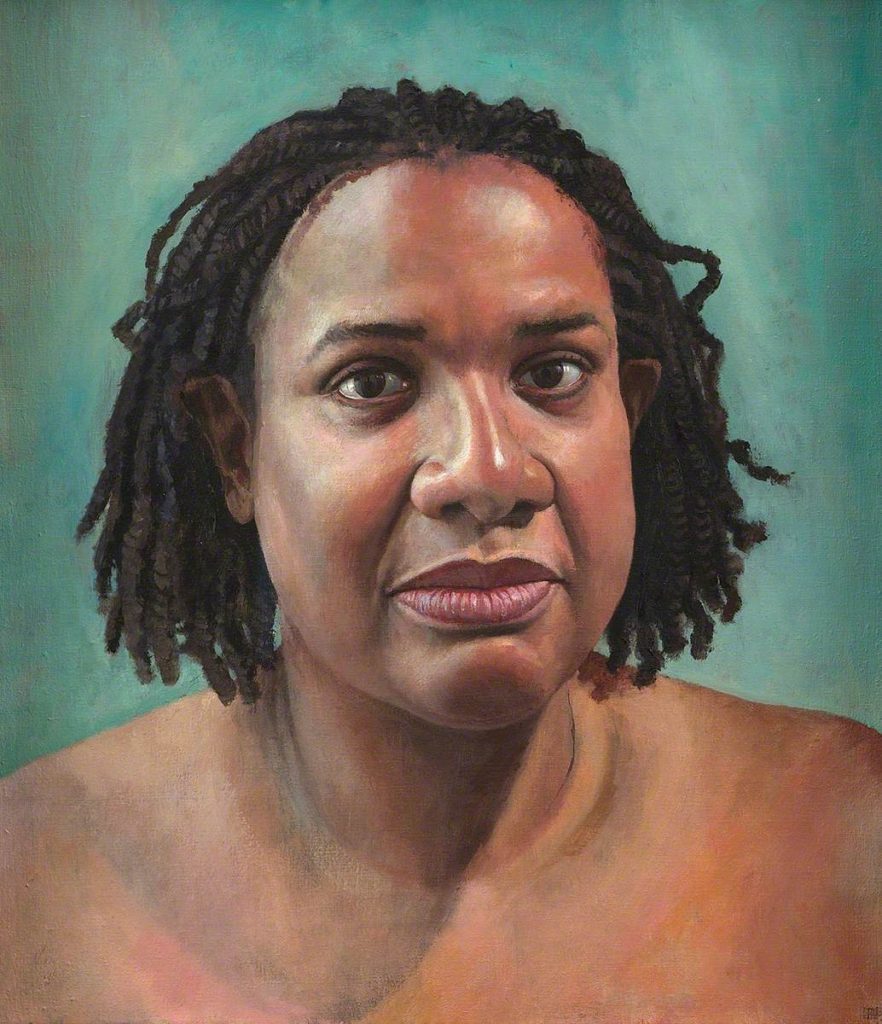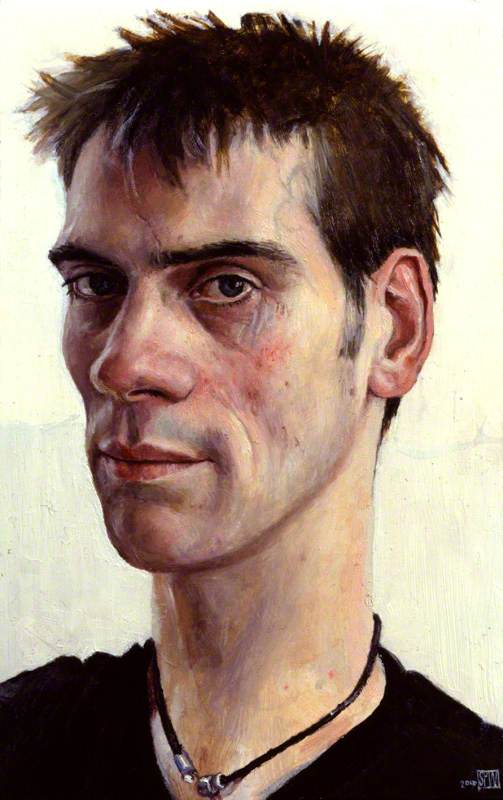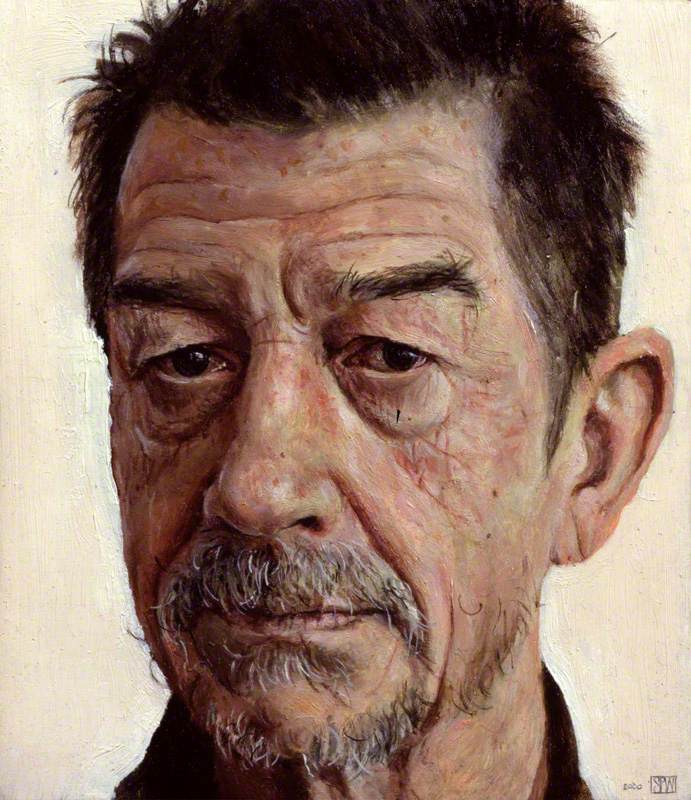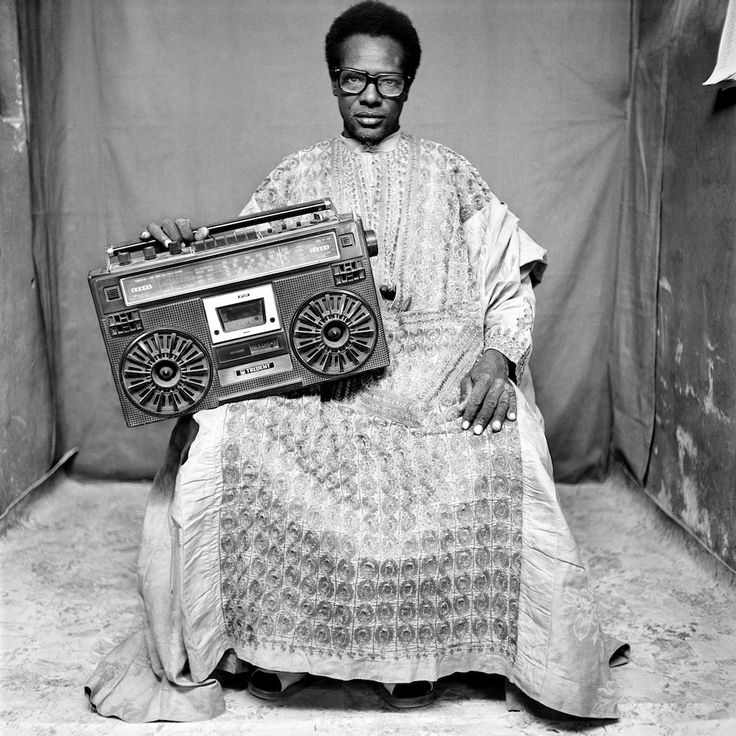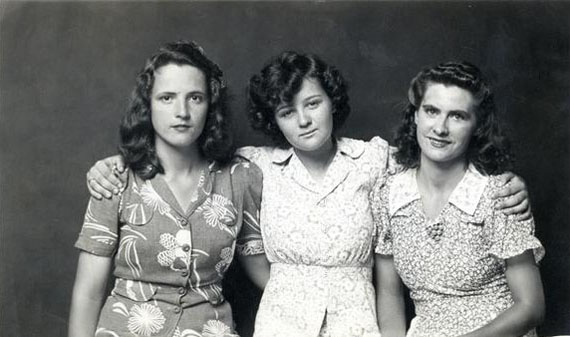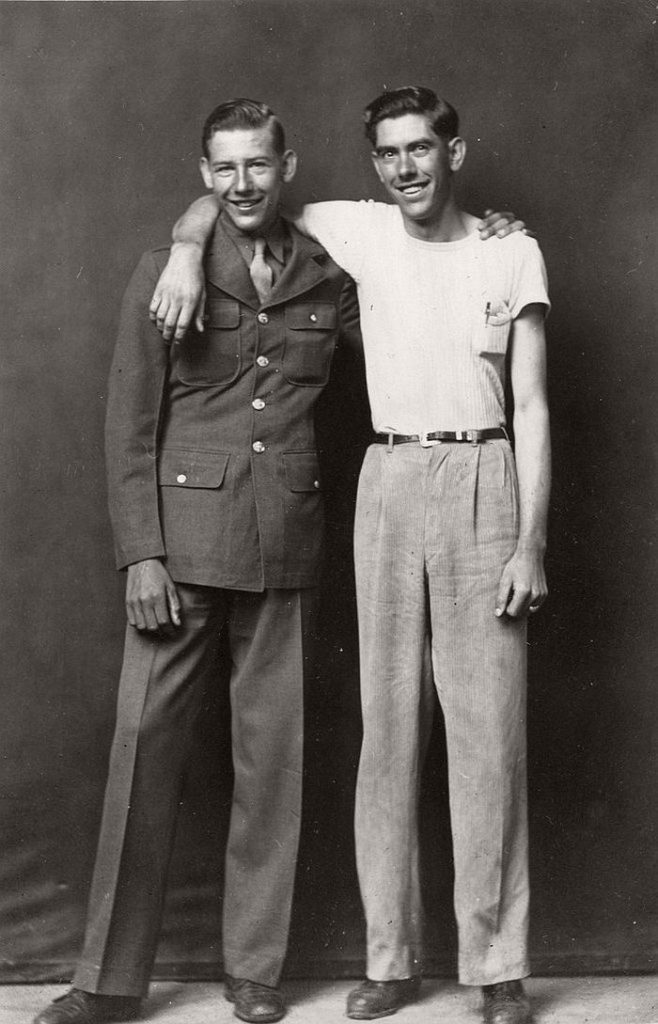I belive as this is my last photography project, I need to start creating photography out of my comfort zone, and images which evoke a true feeling and follow a successful narrative thought. I started to think about all the three concepts I have so far being: fine art, media and family. I have come to the conclusion that this could come under beauty in life, despite pain and suffering. I will do this project from my own personal persona of the world. I belive not only does this project become my first directly connected photography to my own emotions, but it becomes a reflective narrative of my own life. This creates a narrative and meaning to my work. I myself belive there is definitely more good in the world than not. I belive everyone should be grateful in their life, as we are surrounded by so much beauty constantly. Despite all the struggles, disappointments and pains throughout our time, there will always be a positive outcome or ending. Or however hard anything might seem, it is never permeant, and to still keep faith and see the positive aspects within the world. I believe that This way of living contributes to the concepts of buddhism, and a change in mindset of what the world is like. I will use a combination of my daily life, where I go, what I see and experience, and form these beautiful pieces with this positive mindset at hand, as I do belive it is possible to find beauty anywhere I go.
Much of the work that I have in mind to me that speaks positivity and a freeness of life, is work which is abstract, emotive, has bright vivid colour, strong happiness, lighting and finally has a movement to the piece. All of these aspects creating a happier image. The state of seeing happiness and beauty is a state of mind and consciousness that you have the power to control. The state to which your attitude creates a whole new perception of what is actually in front of you. With the weather getting better, lighter and people being friendly and more united, this to my mind is the perfect time to study a project about my one positive relationships with others. As I will do this project from my own views of how I see beauty in the world, I will possible include myself in some images, in order to show a bonding of myself with the atmosphere, emotions and persona that I too share with the landscapes and objects. My feeling and self should be shown within the imagery and it should be a combination of my own self love, reflected within the work.
An artists work that I belive really inspired me was laura el tantawy, I will study her ideas and inspiration in my next blog post, but for now I see her work has a beauty , softness and elegance. Her images to my mind connote a reflection of peace at mind. And I believe even taking such beautiful images, will benefit my own self, and my thoughts and views of the world. Focusing on the good instead of the bad in the world, should be an ideal way which people should live. Through taking beautiful images and letting my emotions be vulnerably visible in these images, will only benefit myself, and become happier and more peaceful at mind. I believe throughout this project my images will gradually get happier and more positive, as I grow more apart of my project. This piece of art is a relation of family as its close combination with my own emotions and the close relationships with how people should have a close bond with themselves like family. Mental health problems that they view the world, it just as important as the close net relationships we have with others. The media always concentrates the way we think and should feel about ourself, this effect on our mental health, changes an creates prejudice in the way we see ourselves, the world around us and others.
I believe this project will have some undertones and connotations to mental health, This being due to how we view subject matters as a society, and people being very based off of our own thoughts. If we are depressed or anxious it becomes more fogged and harder to view the world in a positive way. My images will be a combination of landscapes, observations but focused on in a more abstract manner. I too believe positive is reflected within light, so lighting will be a large part of this shoot. Luminance and brightness, seen within artificial and real light is abstract. Perhaps I too will look into artists who just study and look at light and abstract work. Additional aspect which I belive I too believe have a large importance to what I am trying to achieve within my own work. People colour, nature Similarity people Dreamscapes, abstract imagery.
Videos, Throughout this project I want to make around 5 videos, showing a visible demonstration of my life, a direct observational of what I see, perhaps featuring myself.The fact of featuring myself is to be done to show and exposure my own insecurities and exposure my emotions to everyone, as this exposure of a real presentation of myself, should be compared to the world around me. But mostly to show the journey of what I can see and perhaps a literal narrative and final outcome of why I belive this holds importance and beauty. These videos will be short, delicate and focus on small detail usually ignored. I believe I could even add music over some, which evokes a more meditative medium of peace to them, and music which I belive evokes happiness. I really ant this project to be a positive reinforcement of my own thinking, how I feel about myself, and also a sentiment for how people should think and view the world from a positive clean slate.
Beauty of imperfections, is not only a pivotal part of the world which we live in, but it is also learning to love yourself. It is so important to accept you are not perfect, and despite what you or many will think, no one is perfect. It is the people who are able to see their imperfections and still love themselves despite of this who are the most beautiful. Being vulnerable and possible showing myself in ways I don’t such as with no makeup, not dressed up and stripped down to a natural form, trying to show that despite this , it it still okay, I am still me and this should be accepted. with the current high social regard of the media and beauty standards perhaps me doing this is a pivotal point of importance to my work. my vulnerability of my body and my emotions within this project, is what will make it successful and bring it to the next level. My images being along side aspects of the world I view as beautiful literally pulls myself as part of my narrative, and highlights my own importance and a bonding with my project. Images of still life, landscapes close ups, myself, just beauty which is surrounding me, I will too edit and combine images to create more abstract imagery. I believe Finding beauty within the imperfections of life is such a infacturating concept, and such an important part to being happy. To know of all the bad and see through it, To view mortality as something worth living for and not taking life for granted, Rather than death waiting for us. I believe to view and create something beauty from nothing is such a hugely great and important aspect, and perhaps my own imagery, will enable people to see the beauty they too live in but just haven’t noticed or seen yet. My project is the growth and decay in life, and finding the beauty within the bad and good. and my own personal exploration of my beyond, being and how i should and can view the world as something which is just beautiful and should be seen this way. I will look into some philosophies about how to capture the world in this light, and more asian methods of seeing beauty.
I do belive this project connects with the title similarity and variation, this is due to the first off the connection with fine art, family and media which I previously discussed are a few of the primary starting points for the project. Secondly variation and similarity discusses a-lot about DNA and what makes us who we are and our reality and how it is interesting as we as people are so similar yet so different. This being different in our views of the world our appearances, and are ability to seek happiness. I believe showing the individuality of myself and how I see the world is a pivotal point in this project. This is what really will successfully connect my project to the finished title.




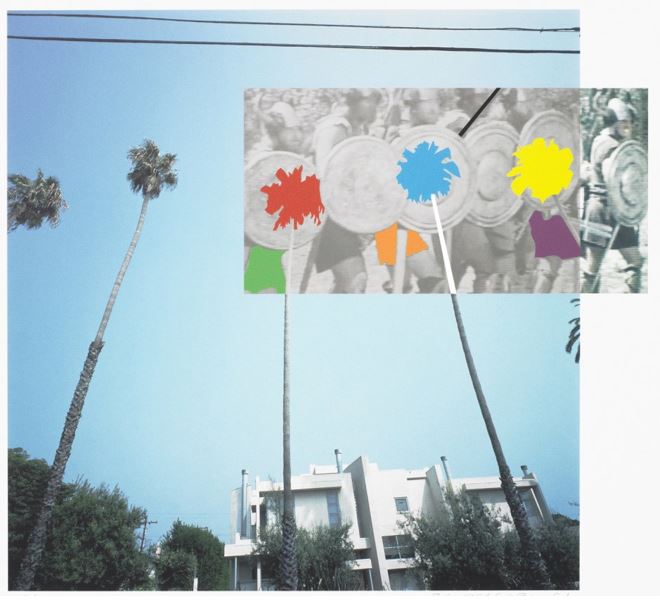

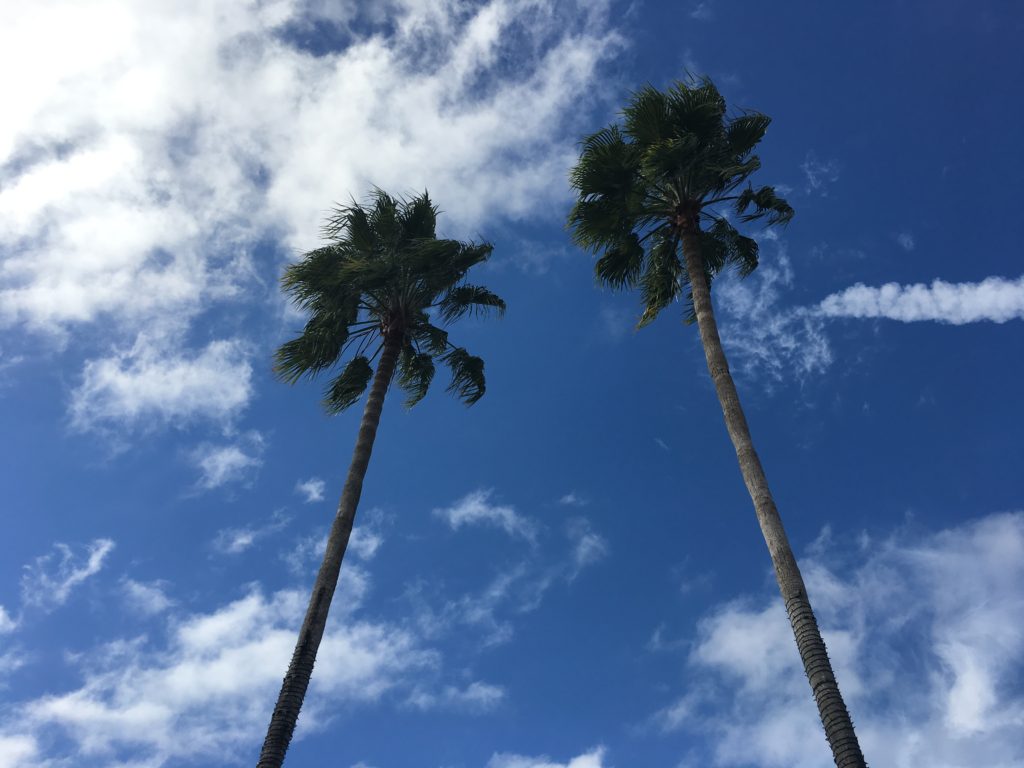
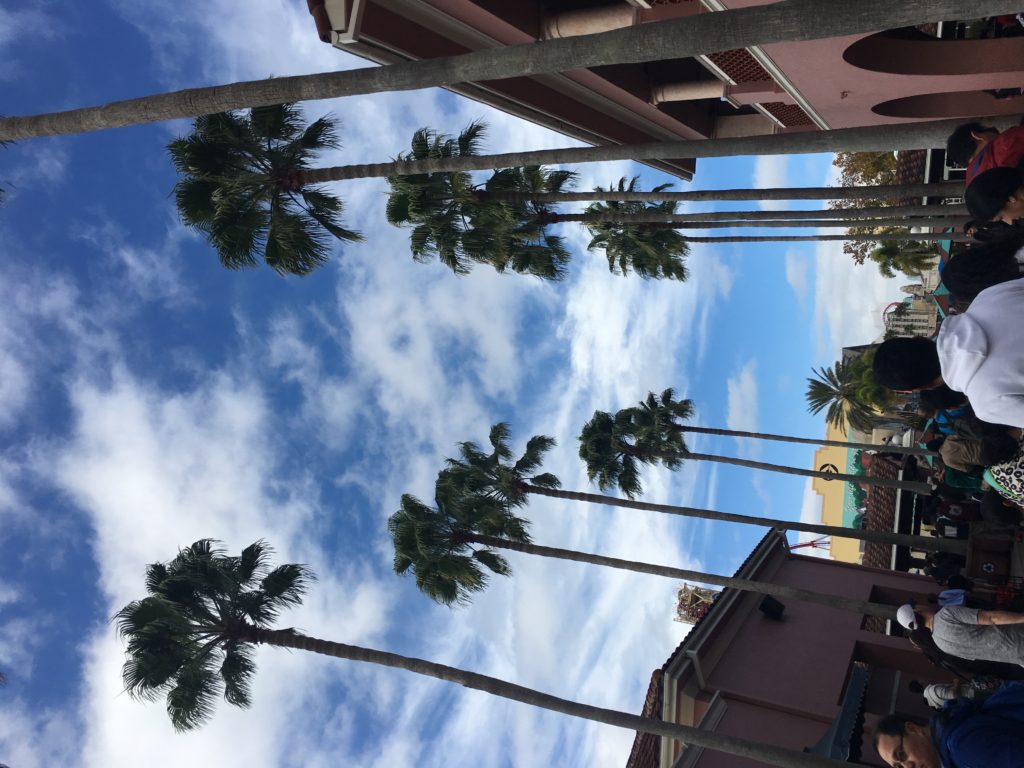

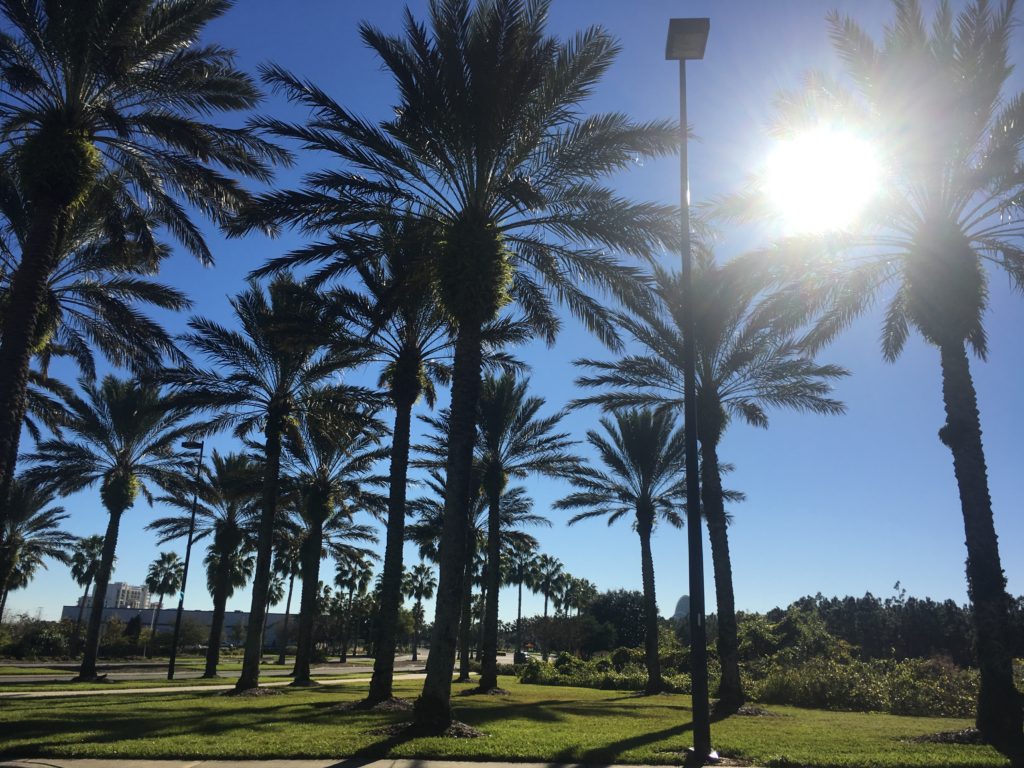
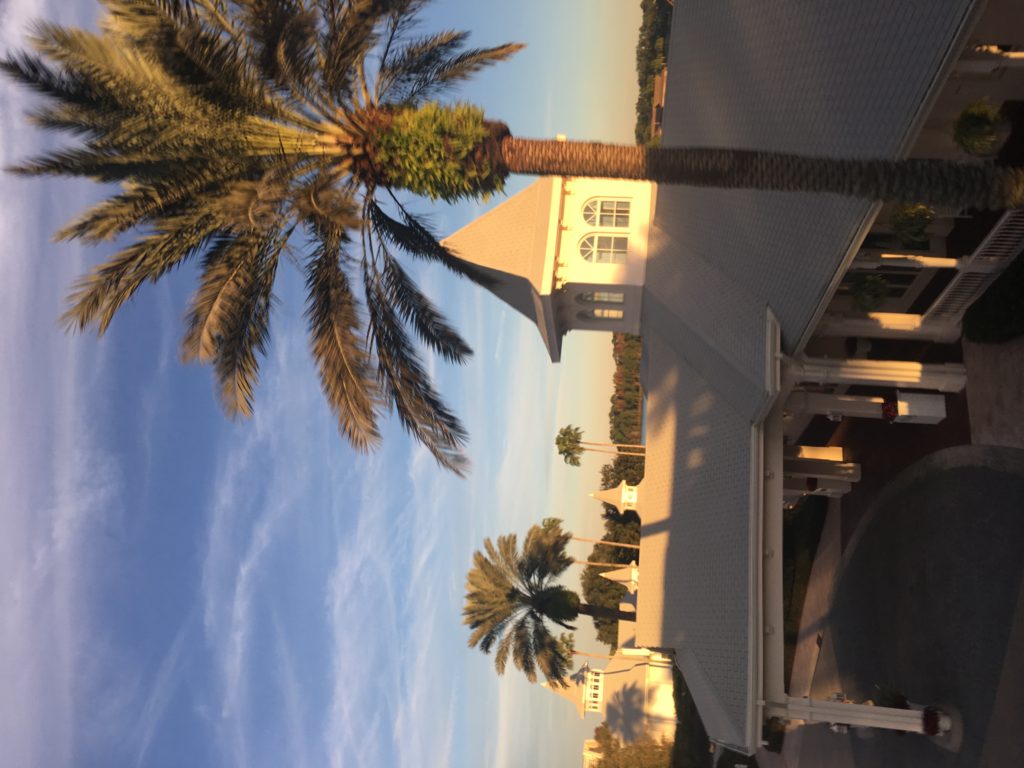
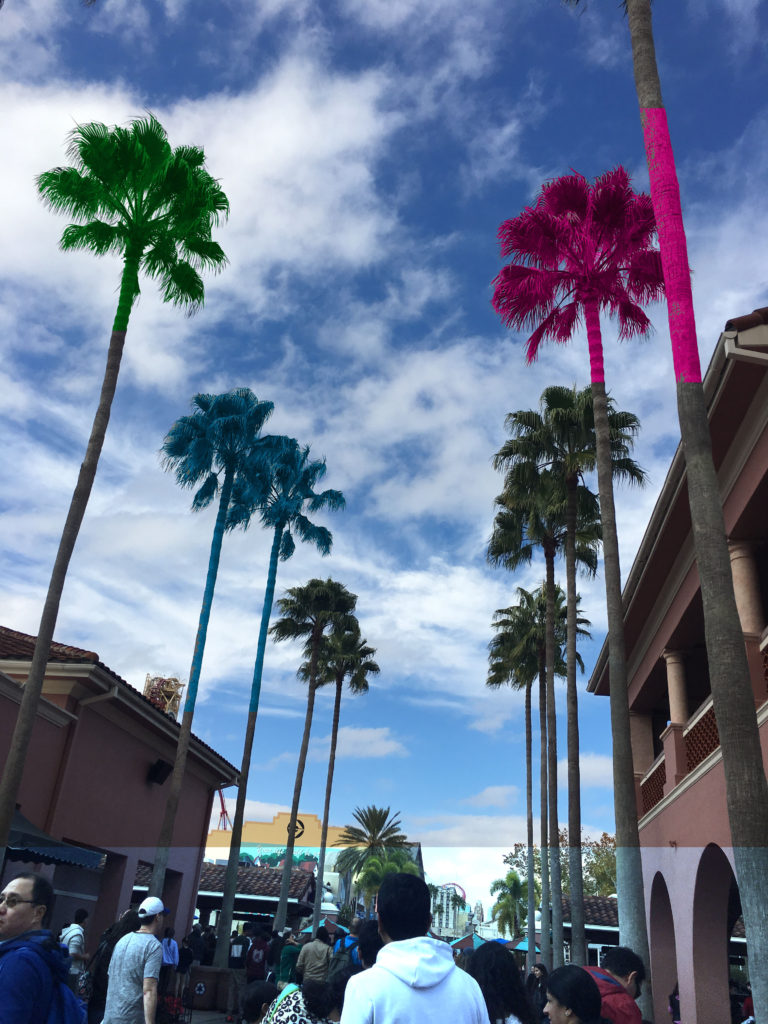

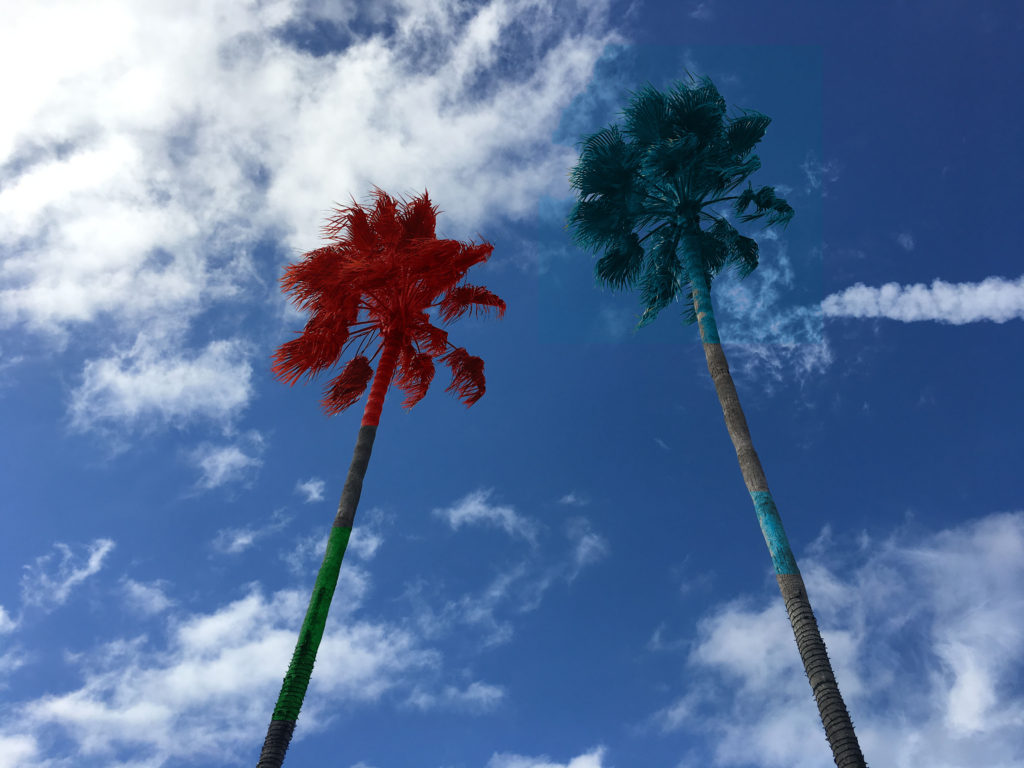

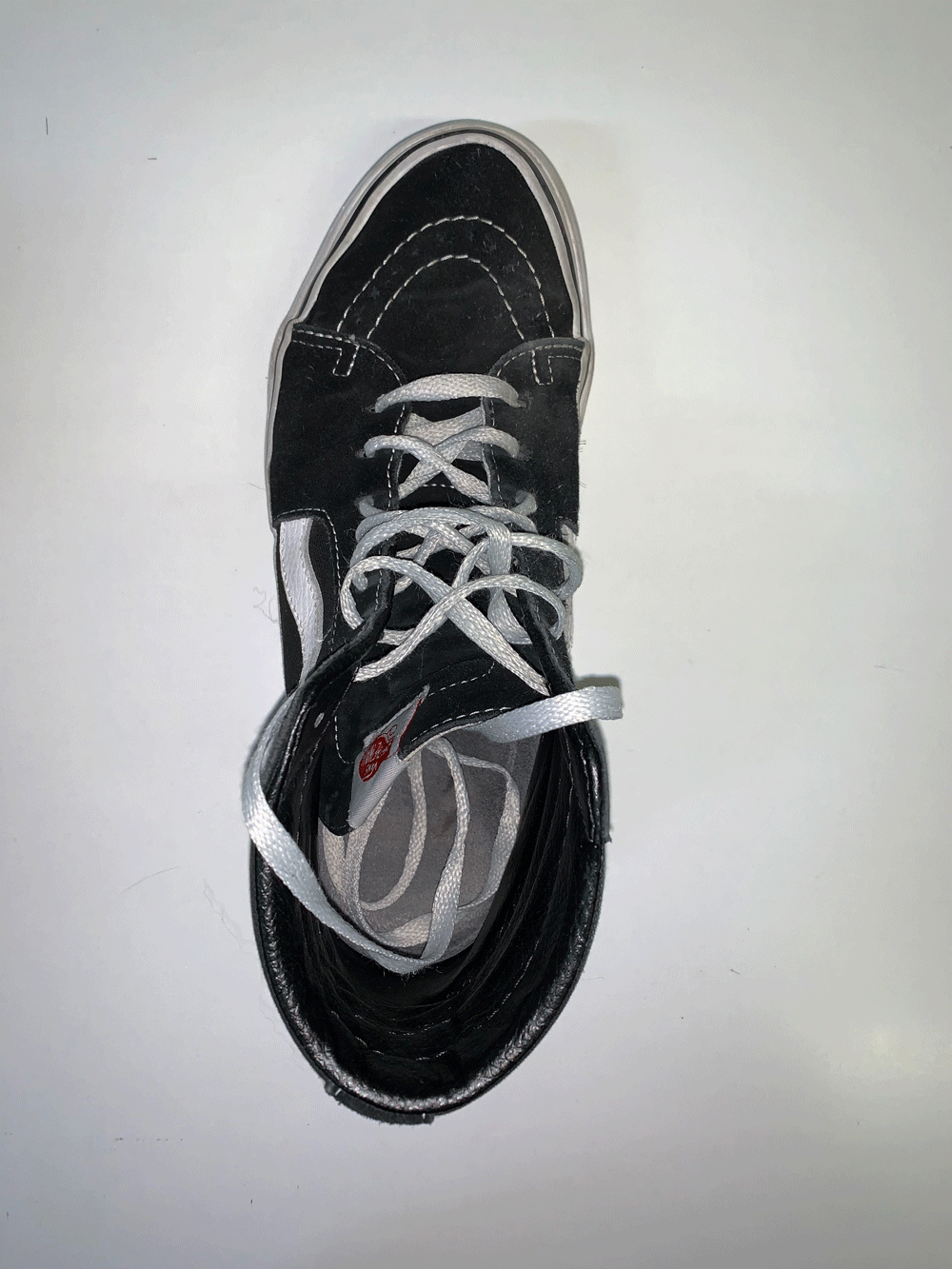
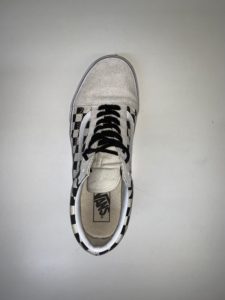
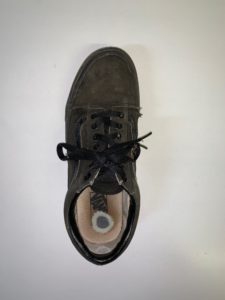
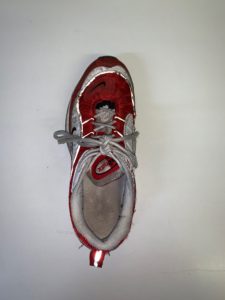
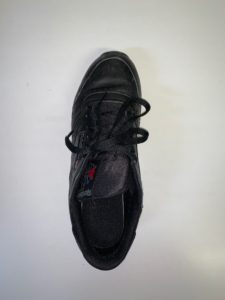
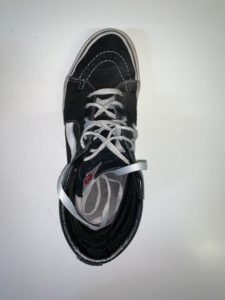





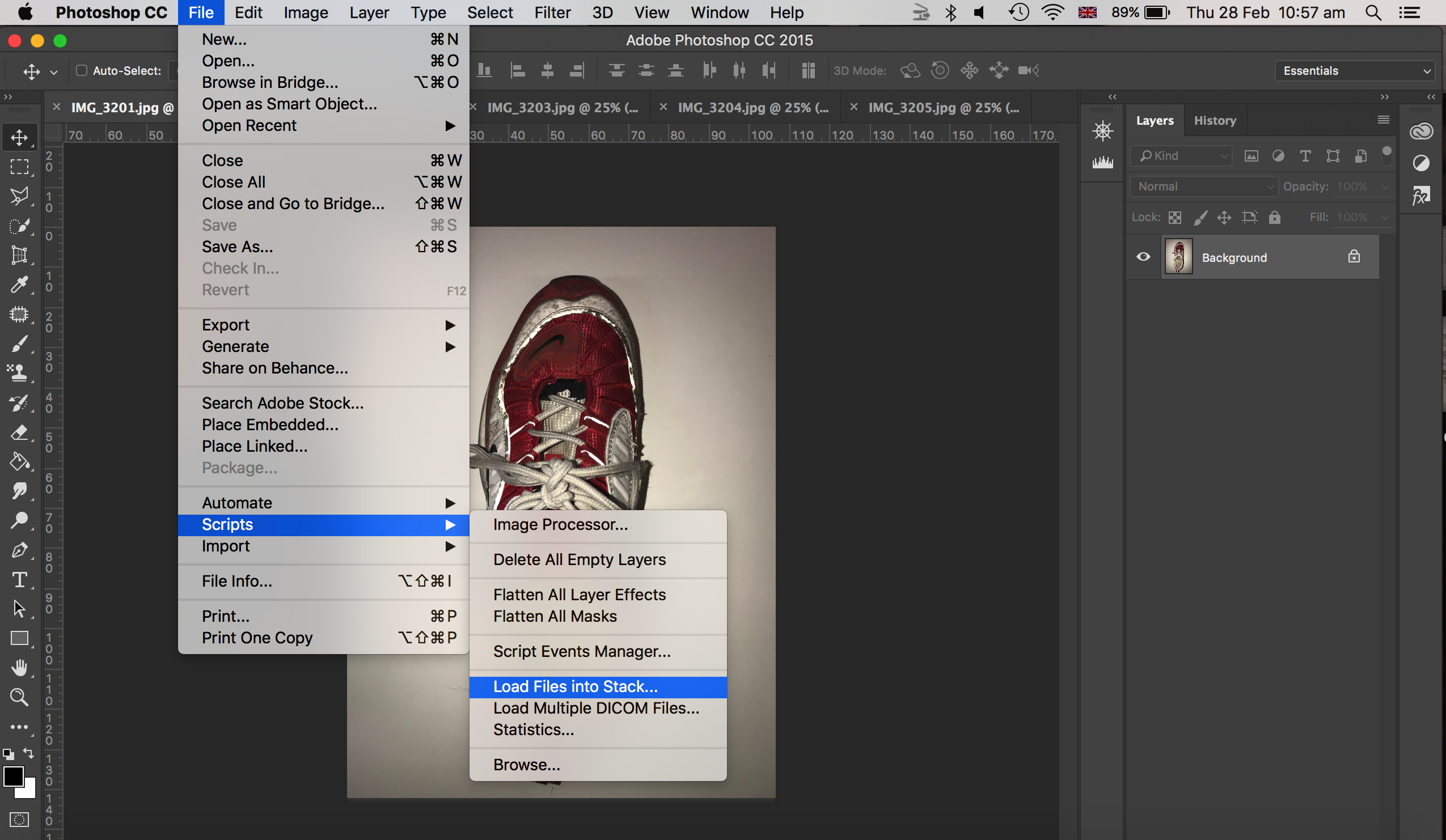







 Their work on typology began as they first collaborated on photographing the disappearing German industrial architecture in 1959 – they were fascinated by the similar shapes in which certain buildings were designed, which is evident in their work. After collecting thousands of pictures of individual structures they noticed that the different structures shared many qualities and were intrigued by the fact that so many industrial buildings were build with a focus on the design. The Bechers would work with a large 8 x 10-inch view camera and would always use a straightforward point of view. They would only shoot on overcast days in order to avoid shadows as well as only in the early morning during spring and fall. A variety of subjects were photographed throughout their work including water towers, cooling towers, coal bunkers and gas tanks. Often the Bechers would exclude any details that would detract from the central theme. By photographing these structures the Bechers’ drew attention to the need of preservation of the buildings and some of them were designated as protected landmarks as a result of their work.
Their work on typology began as they first collaborated on photographing the disappearing German industrial architecture in 1959 – they were fascinated by the similar shapes in which certain buildings were designed, which is evident in their work. After collecting thousands of pictures of individual structures they noticed that the different structures shared many qualities and were intrigued by the fact that so many industrial buildings were build with a focus on the design. The Bechers would work with a large 8 x 10-inch view camera and would always use a straightforward point of view. They would only shoot on overcast days in order to avoid shadows as well as only in the early morning during spring and fall. A variety of subjects were photographed throughout their work including water towers, cooling towers, coal bunkers and gas tanks. Often the Bechers would exclude any details that would detract from the central theme. By photographing these structures the Bechers’ drew attention to the need of preservation of the buildings and some of them were designated as protected landmarks as a result of their work.

